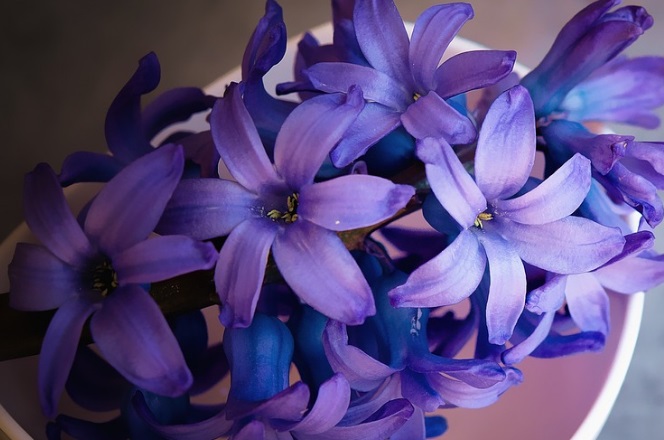
April Flowers in Mythology and Folklore
April flowers, with their enchanting beauty and captivating fragrances, have inspired myths, legends, and rituals across cultures throughout history. As the world awakens from winter slumber, these blossoms emerge as symbols of renewal, transformation, and the eternal cycle of life. In this article, we’ll embark on a journey through the rich tapestry of mythology and folklore to explore the magical associations of flowers that bloom in April, uncovering stories and rituals from diverse cultures around the world.
Daffodil (Narcissus)
In Greek mythology, the daffodil is associated with the story of Narcissus, a beautiful youth who fell in love with his own reflection in a pool of water and was transformed into the flower that bears his name. According to legend, Narcissus was so captivated by his own image that he pined away and was transformed into a daffodil, symbolizing unrequited love and self-absorption. In other cultures, these April flowers are seen as a symbol of rebirth and new beginnings, heralding the arrival of spring and the promise of brighter days ahead.
Tulip
Tulips have a rich history steeped in mythology and folklore, with various cultures attributing different meanings and symbolism to these colourful blooms. In Turkish folklore, the tulip is associated with tales of love and romance, symbolizing passion, desire, and undying love. In Persian mythology, the tulip is regarded as a symbol of paradise on earth, representing beauty, abundance, and divine grace. Throughout history, tulips have been prized for their exotic beauty and have inspired poets, artists, and gardeners alike.
Cherry Blossom
Cherry blossoms hold a special place in Japanese culture, where they are revered as symbols of beauty, transience, and the ephemeral nature of life. The annual tradition of hanami, or flower viewing, celebrates the fleeting beauty of cherry blossoms, with people gathering to admire the delicate pink blooms and enjoy picnics beneath the flowering trees. In Japanese folklore, cherry blossoms are associated with the spirits of ancestors and are believed to bring good fortune and blessings to those who honour them.
Hyacinth
In Greek mythology, the hyacinth is associated with the tragic tale of Hyacinthus, a beautiful youth beloved by the god Apollo. According to legend, Hyacinthus was accidentally killed by Apollo during a discus-throwing contest, and from his spilled blood, the hyacinth flower sprang forth. The hyacinth is thus seen as a symbol of mourning and remembrance, as well as the fragility and fleetingness of life. In other cultures, the hyacinth is associated with rebirth and renewal, symbolizing hope, resilience, and the promise of spring.
Lily of the Valley
Lily of the valley has a long history of symbolism in folklore and mythology, with associations ranging from purity and innocence to love and happiness. In Christian tradition, the lily of the valley is said to have sprung from the tears of the Virgin Mary, making it a symbol of purity and humility. In Norse mythology, the lily of the valley is associated with the goddess Freya and is believed to bring luck and protection to those who wear it. Throughout history, lily of the valley has been used in rituals and ceremonies to invoke blessings and ward off evil spirits.
As we delve into the rich tapestry of mythology and folklore surrounding April flowers, we uncover a world of symbolism, meaning, and magic that transcends time and culture. From the tragic tale of Narcissus to the joyful celebrations of cherry blossom season, these stories and rituals remind us of the profound connection between nature and the human spirit, and the timeless allure of April flowers in our collective imagination.
